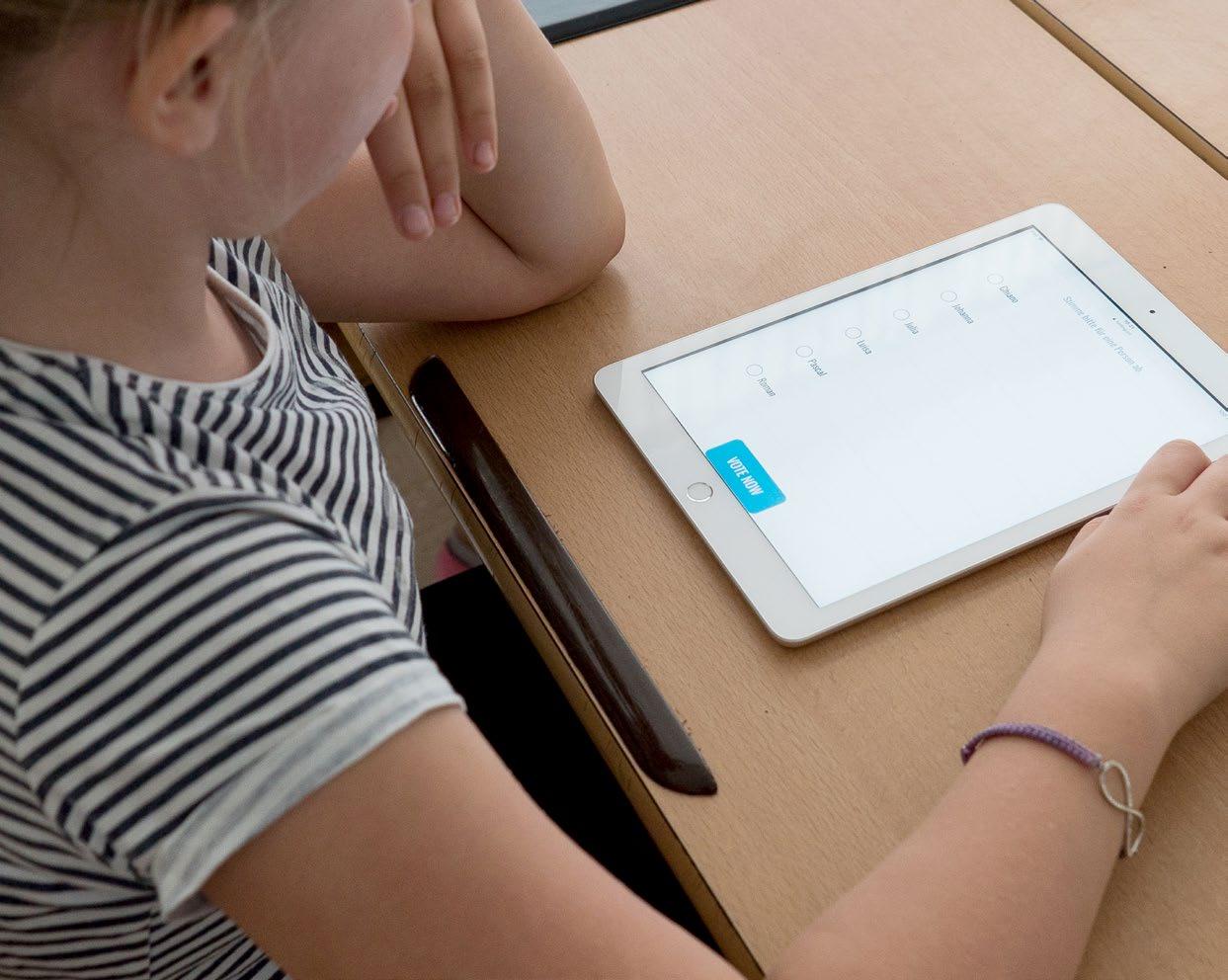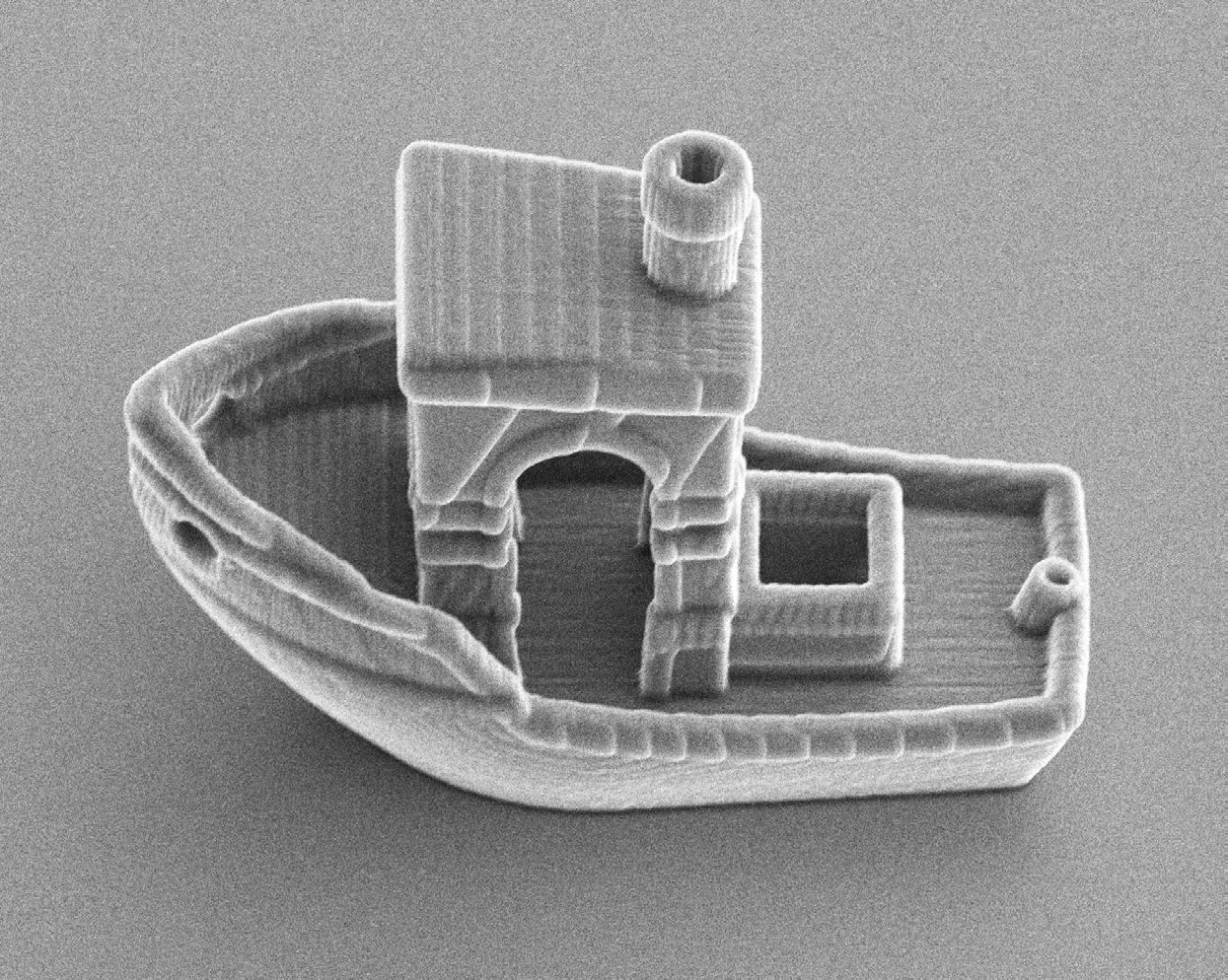
1 minute read
Education
Kids’ outlook on computer scientists
Children think programmers are more social than writers. That is one remarkable conclusion drawn by computer scientists Shirley de Wit, Efthimia Aivaloglou and Felienne Hermans. Even so, programming is not very popular as a profession: something our computer scientists are hoping to change.
© Space in Your Living Room

Space in your living room
This summer, Space in Your Living Room brought astronauts, artists, space scientists and engineers into living rooms across Europe and beyond. During Leiden Observatory’s online astronomy summer programme, children interacted with space professionals from different backgrounds, through competitions, meet ‘n greets and hands-on online workshops.

Photo: screenshot from video
Tutoring children from The Hague
In the Leiden Tutor programme, Leiden students support junior school pupils from lower socio-economic backgrounds. That’s no easy task, so our Science Communication & Society department has now launched a website offering tips and tricks that can also be used by other tutors in the Netherlands.
Meet the Professor

Talking about your research at your old primary school: Professor of Immunobiology Annemarie Meijer from the Leiden Institute of Biology gave a guest lecture to pupils in group 7 on the occasion of Leiden University’s Dies Natalis. She was one of no fewer than a hundred professors who took part in the Meet the Professor event on 7 February.

Students help municipalities
In the Resilient Cities Hub, students research how we can make the cities of Leiden and The Hague more sustainable and resilient. They presented their findings to municipal officials during a knowledge café in January. A virtual reality artist was present to visualise the students’ research findings.
© Royal Society of Chemistry

The world’s tiniest boat
This tiny boat made quite a splash: from CNN to Japanese news media, the whole world was intrigued by this 3D-printed boat made by Rachel Doherty, Daniela Kraft and other physicists. From prow to stern, the boat measures 30 micrometres, about a third of the thickness of a hair. It is part of a study into micro-swimmers moving in fluids.





